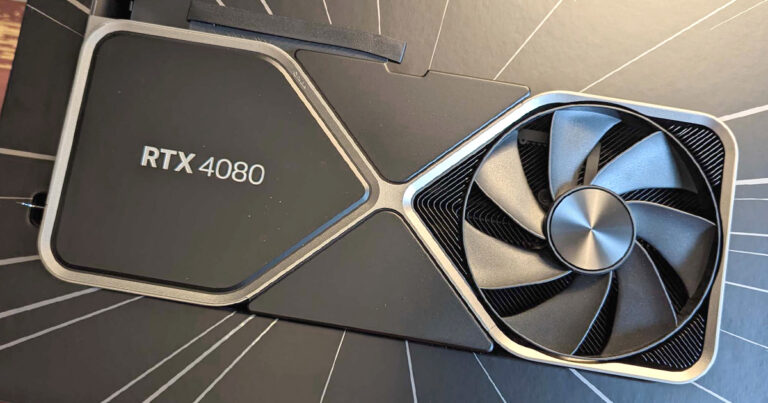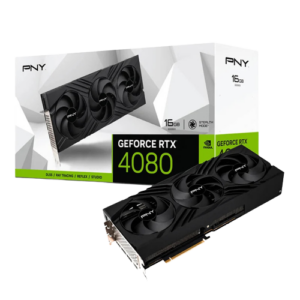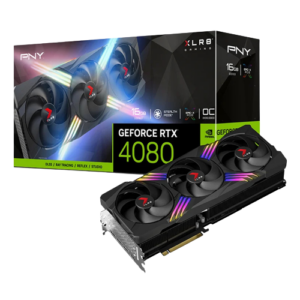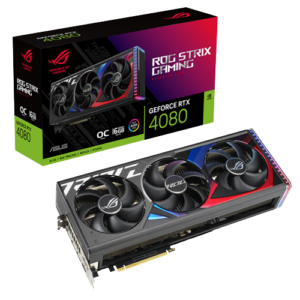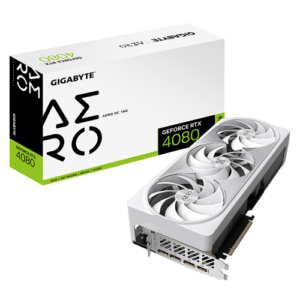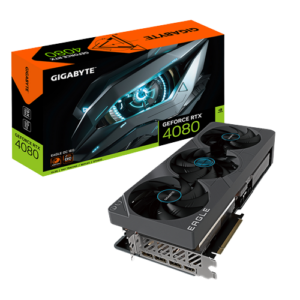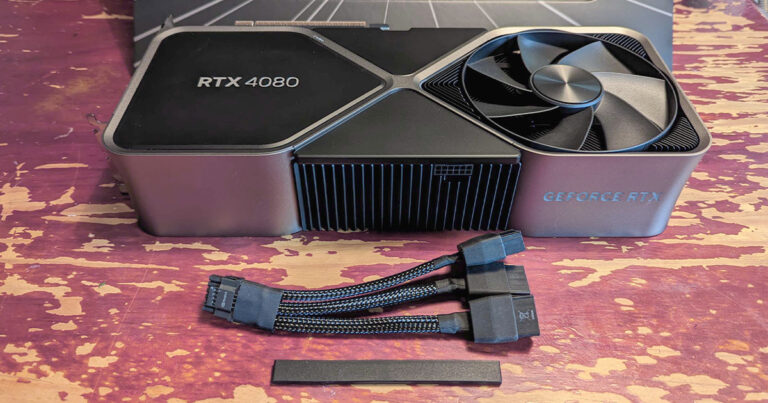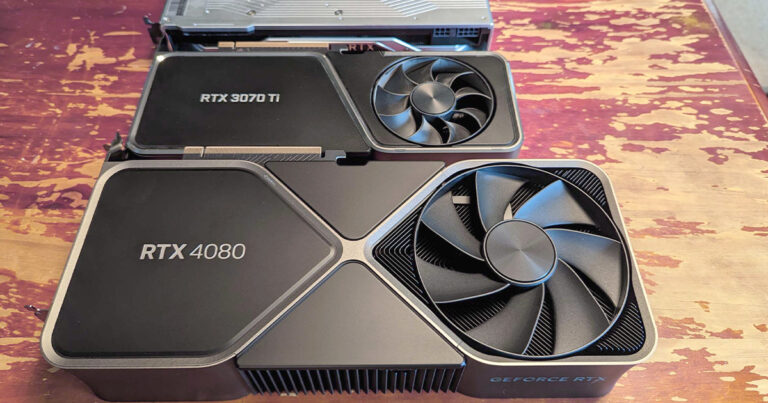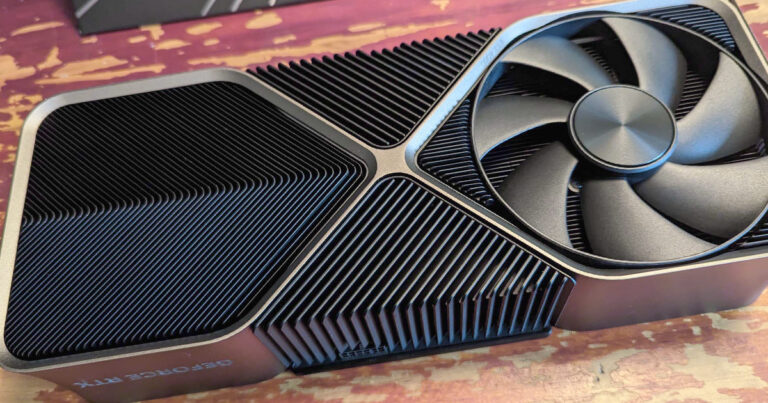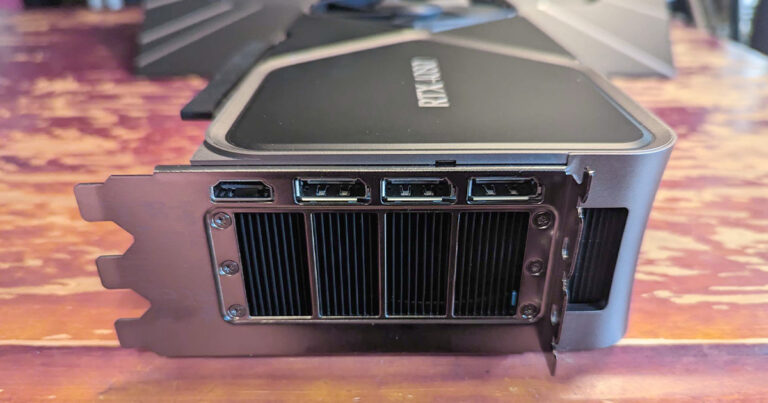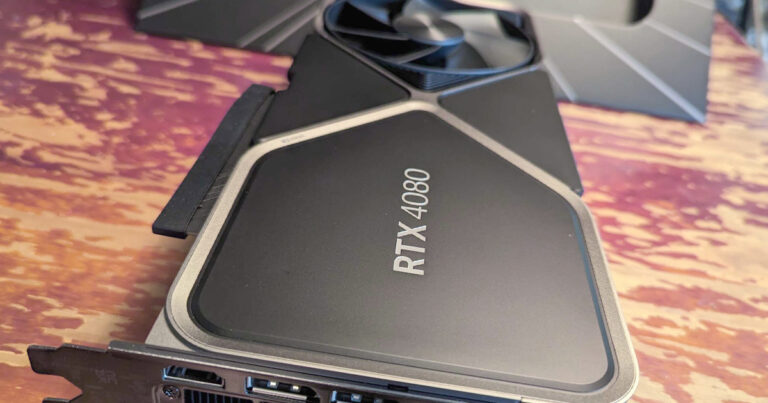Optus Mobile Review ALDI Mobile Review Amaysim Mobile Review Belong Mobile Review Circles.Life Review Vodafone Mobile Review Woolworths Mobile Review Felix Mobile Review Best iPhone Plans Best Family Mobile Plans Best Budget Smartphones Best Prepaid Plans Best SIM-Only Plans Best Plans For Kids And Teens Best Cheap Mobile Plans Telstra vs Optus Mobile Optus NBN Review Belong NBN Review Vodafone NBN Review Superloop NBN Review Aussie BB NBN Review iiNet NBN Review MyRepublic NBN Review TPG NBN Review Best NBN Satellite Plans Best NBN Alternatives Best NBN Providers Best Home Wireless Plans What is a Good NBN Speed? Test NBN Speed How to speed up your internet Optus vs Telstra Broadband ExpressVPN Review CyberGhost VPN Review NordVPN Review PureVPN Review Norton Secure VPN Review IPVanish VPN Review Windscribe VPN Review Hotspot Shield VPN Review Best cheap VPN services Best VPN for streaming Best VPNs for gaming What is a VPN? VPNs for ad-blocking For comparison, AMD’s Radeon 7900 XT prices start at around $1,569 while the higher-performing RX 7900 XTX prices kick off at around $1,789. According to benchmarks from other sites, the 4080 has around a 15% to 20% lead on 7900 XT game frame rates. Those performance leads get even bigger across comparable games with ray tracing. It’s a much closer battle between the 7900 XTX and 4080 which, admittedly, the Nvidia GPU still wins. In terms of pricing, it really is about whether you want the option for the best frame rates, particularly for ray tracing, as well as future-proofed features like DLSS 3, which are exclusive to Nvidia 4000-series graphics cards. Here’s a quick breakdown of Nvidia GeForce RTX 4080 prices from Mwave’s range: This is one of the initial hurdles to overcome. The RTX 4080 is a 304mm long, 137mm wide, three-slot-consuming graphics card. Length was my primary concern but there’s plenty of breathing space inside my full-tower case. But five-year-old motherboard hurdles arise immediately, and why wouldn’t they given the longest GPUs of 2017 are around 40mm shorter. That extra length meant I had to sacrifice power for USB 2.0 socket on my MSI Z370 Godlike motherboard. There’s no way around it as it completely covers the port; thankfully, PCI-express USB expansion cards are an affordable workaround. What’s more concerning is that the RTX 4080 completely covers one of my M.2 drives (the all-important one with Windows 11 on it) and partially covers another. Heat was an initial concern, and I doubt I could have a thermal guard on my primary M.2 drive and comfortably fit the RTX 4080 on top. Good thing this GPU runs cool—with testing temps averaging at around 53 degrees Celsius and power draw averaging at around 215 watts—but that may change in the future as developers tap into its power. Speaking of power, you’re going to need at least a 750-watt power supply to get the most out of the RTX 4080. Additionally, this thirsty GPU uses three eight-pin VGA connectors from the power supply which, mercifully, connects to an included 16-pin connect for the RTX 4080. Once I removed the USB 2.0 power connector and made my peace with the possibility of frying my primary hard drive (it didn’t happen during more than a dozen hours of testing), installation was easy. I was concerned the size of the graphics card might necessitate a support bracket, but it sits comfortably in place in a horizontal configuration with three PCI screws. Removing the graphics card is slightly trickier as the weight tends to press the RTX 4080 back into the PCI-express slot lock.
CPU: Intel Core i7-8700K (overclocked from 3.7GHz to 4.6GHz)Motherboard: MSI Z370 Godlike Gaming EATXMemory: Corsair Vengeance 32GB DDR-3200 (2x 16GB sticks)Power supply: EVGA Supernova 750W G2 80+ (fully modular)Monitor: Acer Predator XB273K UHD G-Sync (up to 4K @ 120Hz)Case: Be Quiet Dark Base Pro 900 Rev. 2 (full-sized tower)Windows: Windows 11 Pro Version 21H2 (OS Build 22000.1219)GPU driver: Nvidia GeForce Game Ready Drivers (526.72)
Buying an Intel Core i9-13900K CPU and, more importantly, a 13th-gen compatible motherboard fixed the real estate problems of my five-year-old PC. I configured the parts so the RTX 4080 wasn’t sitting atop a hard drive, and the motherboard is laid out in such a way that respects the height and length of modern GPUs. Translation: no more compromises on USB port connectors. I honestly went overboard with the power supply, opting for a Corsair AX1600i 1600-watt modular option so, technically, I never have to worry about GPU power-draw requirements in the future. Disappointingly, this power supply didn’t come with a 16-pin cable for the RTX 4080, so I ran three PCIe power cables to the included 4080 power adaptor. Not so great for tidy cable management, but an easy enough installation. Honestly, the overall build was more painful than it had to be. Be Quiet’s case is modular to an incredible degree, but its documentation is lacking and the video guides are insufficient. My current pledge is to never waste my time building again and pay someone to do it for me because nobody needs that stress in their life. As you might hope from a graphics card, though, that was the easiest part of installation. Once everything was installed, the main challenge was configuring the RAM timing to its advertised number. Initially, I had to underclock it to stop Windows 11 from crashing. But a BIOS update and automated driver patches with my motherboard software were a relatively painless fix. I’ve had a stable PC for around two months now and have spent a lot more time putting the RTX 4080 through its paces.
CPU: Intel Core i9-13900K (Intel Turbo Boost enabled)Motherboard: Asus ROG Maximums Z790 Hero ATXMemory: G.Skill Trident Z5 RGB 32GB DDR5-6600 (2x 16GB sticks)Power supply: Corsair AX1600i 1600w 80+ (fully modular)Monitor: Acer Predator XB273K UHD G-Sync (up to 4K @ 120Hz)Case: Be Quiet Dark Base Pro 900 Rev. 2 (full-sized tower)Windows: Windows 11 Pro Version 22H2 (OS Build 22621.1105)GPU driver: Nvidia GeForce Game Ready Drivers (528.02)
Thus, rasterisation is a fair starting point for testing graphics cards under typical gaming conditions. Here’s how the Nvidia GeForce RTX 4080 graphics card fares testing 11 games with in-game benchmarks, all on ultra settings with ray tracing and DLSS disabled (where available). Note that the rasterisation, DLSS, DLSS 3 and ray tracing benchmarking numbers below are all from a five-year-old PC. At the end of those benchmarks is a section that compares the RTX 4080 results between old PC and a cutting-edge one.
Cyberpunk 2077 (1080p and 1440p) Marvel’s Guardians of the Galaxy (all resolutions) Horizon Zero Dawn (1080p and 1440p) Shadow of the Tomb Raider (all resolutions) Assassin’s Creed Valhalla (1080p and 1440p) Red Dead Redemption 2 (all resolutions)
These results, particularly the 4K frame rates, are spectacular. My Acer Predator XB273K monitor maxes out at 120Hz refresh rate, so anything past that is effectively wasted frames. Cyberpunk 2077 has the most modest fps results, albeit at a very playable 70fps (at 4K resolution). Almost every other game is close to or surpasses 100fps. Rainbow Six Siege is there to show ridiculously high frame rates and even the recently released Call of Duty Modern Warfare II boasts over 100fps at 4K. For comparison, here’s how the Nvidia GeForce RTX 3070 Ti compares with the same settings, resolutions and games tested (except for Modern Warfare 2). The RTX 4080 has a noticeable lead over the RTX 3070 Ti, particularly at 4K resolutions. In fairness, that’s to be expected given the RTX 4080 is marketed as a 4K graphics card while the RTX 3070 Ti was built to impress at 1440p resolutions. Still, the RTX 4080 boasts 1440p fps leads that range from a nothing-to-write-home about 7fps to a commanding 100fps+ lead for Rainbow Six Extraction. Additionally, the newer GPU also boasts beefier specs and doesn’t even come close to using up its 16GB GDDR6X memory in games that highlight memory usage. Expect the games of tomorrow to really start pushing the RTX 4080, which only got to 64 degrees Celsius at its absolute hottest while testing. Meanwhile, the RTX 3070 Ti and RTX 2080 Super were pumping out heat up to 80 degrees during testing. For anyone with an Nvidia 2000 series graphics card curious about upgrading to an RTX 4080, here’s how the Nvidia GeForce RTX 2080 Super handled the 10 main test games. Before we get to DLSS 3, here’s how the RTX 4080 fared in my tests with DLSS 2 games, all at 4K resolutions with maxed-out settings (note some base 4K frame rates may be different from above as they’re based on new tests). DLSS 3 is even more impressive from a technical standpoint, given it isn’t just an AI upscaler but also inserts AI-generated frames to increase frame rates. Here’s how the RTX 4080 handled most of the DLSS 3 games that were available for testing. Disclaimers aside, these AI-generated frame gains are fantastic, particularly for Cyberpunk 2077 and Microsoft Flight Simulator. For Cyberpunk 2077, that’s with ray tracing enabled (on the appropriately named ‘Psycho’ setting) and it results in more than double the frames. It’s an almost identical story for Microsoft Flight Simulator, which is the modern equivalent of the machine-melting Crysis back in its heyday. The lowest gains were still an impressive 40-ish frames, while Super People more than doubled its base frame rate with DLSS 3 enabled. It’s incredibly exciting to think of how DLSS 3 will evolve, hopefully with a lower impact on overall system latency. Overall, it adds an additional layer of futureproofing to an already cutting-edge GPU. Given that 4K 60fps is now seemingly viable, I did some ray tracing tests with DLSS at 4K resolutions for a handful of games that usually bring GPUs to their knees. All of these games have ultra settings and maxed-out ray tracing. While we’re on the topic of bizarre, the 23% fps lead that my old hardware had with the RTX 4080 in Rainbow Six Siege at 4K compared to new hardware makes no sense. Admittedly, there have been Windows 11, driver and game updates since my initial testing, but I’m of the perspective that updates are supposed to improve not detract. That said, it does feel odd to ‘complain’ about getting 246fps in a competitive shooter at 4K resolution, more so given the 120Hz limit of my 4K monitor. The biggest gains came from Guardians of the Galaxy, with a healthy 29% edge on the new hardware at 4K but a blistering 88% lead at 1440p and an equally impressive 87% win at 1080p. Outside of an 8% win for the old PC at 1440p with Modern Warfare II, it’s not surprising that the new machine has some sizeable leads at non-4K resolutions given how they tend to lean more on the CPU than the GPU. There’s not a huge lead for most games at 4K, which is expected given how GPU-dependent titles are at that high resolution, but there are some massive gains in the new rig at lower resolutions. Anyone playing on older hardware who owns a 1080p or 1440p screen or prefers one of those resolutions should use those gains to evaluate a potential PC upgrade. Next up is a comparison for DLSS 2 games. The lower the resolution that’s upscaled, the higher the fps gains but the more likely it is to notice instances of rendering weirdness. For the DLSS 2 tests on my new PC, I tested everything on Quality, which means smaller fps gains but better overall image quality. In all honesty, there’s a chance I was running the older tests with Performance settings. But if I was, the percentage differences between the old and new hardware is even more impressive, with solid gains across the board. Modern Warfare II stands out as an anomaly, with better results on the older desktop for DLSS off and on. But outside of a marginal 1% difference in base frames for Kena, everything else is in the positive. Death Stranding in particular is a standout with a 41% lead with DLSS off and 49% gains with DLSS 2 on. Because DLSS 3 is an exclusive feature of Nvidia 4000-series graphics cards, I was very curious to see the differences between new and old hardware in the tests below. There are also some single-percentage improvements with DLSS 3 off or on. While the 50% DLSS 3 gains for F.I.S.T. and F1 22 are impressive, it’s the whopping 97% improvement for Bright Memory that I didn’t see coming, or the 139% gain for F1 22 with ray tracing off (using a different benchmark track to the rasterization tests above). Next comes standard ray-tracing tests across 1080p, 1440p and 4K resolutions. Finally, here’s how the results look with ray tracing at 4K with DLSS in some titles that have a reputation for melting PCs. Uncharted Legacy of Thieves Collection was unplayable with sub-30fps gameplay using the RTX 3070 Ti and maxed-out settings, but it was pushing the 120fps borderless-fullscreen limit without enabling DLSS (and looking absolutely stunning). I’m so used to compromising fidelity settings or tweaking DLSS sliders to get the most out of my 4K, 120Hz screen but the 4080 simplifies everything. Set everything to ultra, including ray tracing, and you’re generally comfortably playing at 60fps. Enable DLSS to get frame rates closer to 120fps. A lot of my time has been spent replaying Days Gone, which happily sits around 120fps at 4K resolution with everything maxed out. I can confidently confirm that Hell Let Loose is absolutely a poorly optimised game, as even an Intel 13900K can’t avoid dreaded CPU throttling at 4K resolution. Still, most of the time I play at around 100fps, even if certain maps and longer battles spent on the same map tend to lead to memory leak-like frame drops (sometimes below 60fps). I went back to Dishonored 2 and have enjoyed maxed-out 4K gameplay at close to 200fps, which is wasted frames given my 120Hz monitor. Elden Ring chewed up a lot of my time since the initial hardware testing, but that game is capped at 60fps on PC, so it’s not a great example (and it still has occasionally streaming stutters in the open world). Revisiting God of War at 4K resolution with over 100fps has been a joy, and the 4080 was essential to balance eye candy and fidelity for Warhammer 40,000: Darktide at launch (at playable frame rates). As for whether you need to upgrade the other parts of your PC, it really depends. If you already have a 4K screen, you’re not as likely to get massive fps gains. But those with 1440p or 1080p screens—particularly players after higher frame rates to match high-refresh-rate screens—can expect noticeable gains. It’s a similar story for DLSS and ray tracing, too. We use a core set of games with in-game benchmarks to determine base results for a graphics card, spread across 1080p, 1440p and 4K resolutions. Nvidia’s FrameView tool is enabled during capture to record key metrics, including average frame rates, GPU max temperatures and power draw. Where possible, we contextualise these benchmarks by performing the same tests on older-model or competitor graphics cards. Next is to test AI upscaling and note performance gains, as well as testing the impact of fidelity features like ray tracing. Finally, we put the graphics card through the paces of typical use, including a mix of everyday computing and gaming stress tests.
